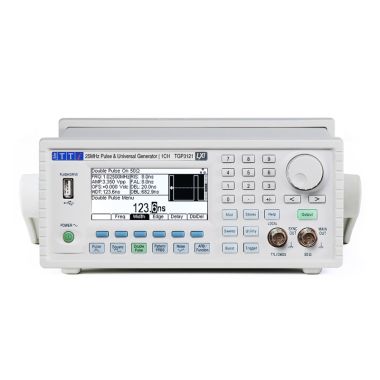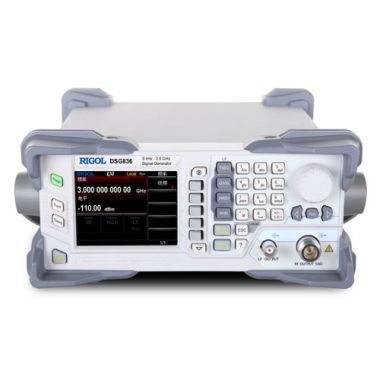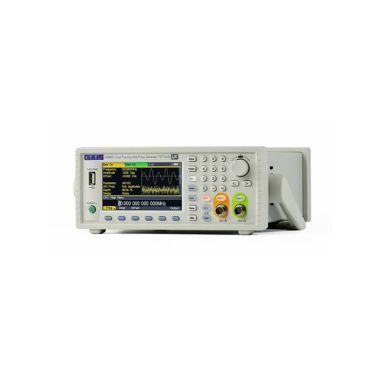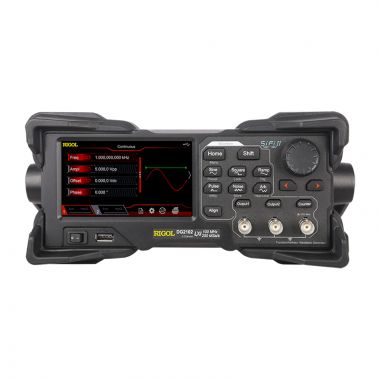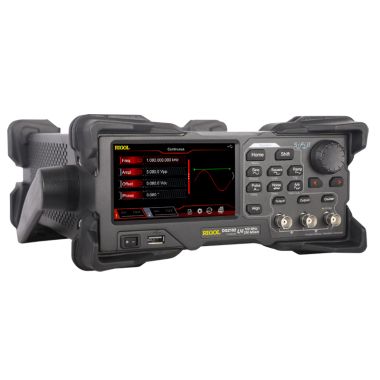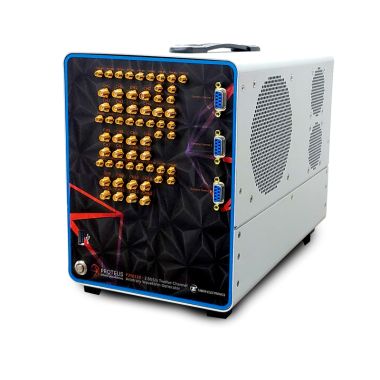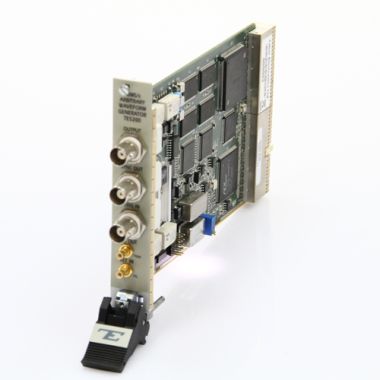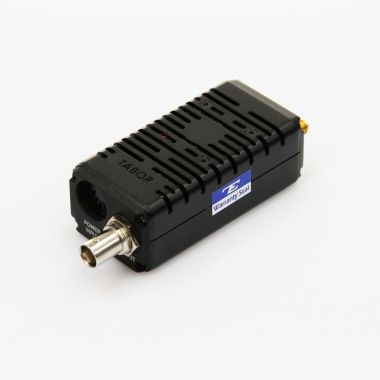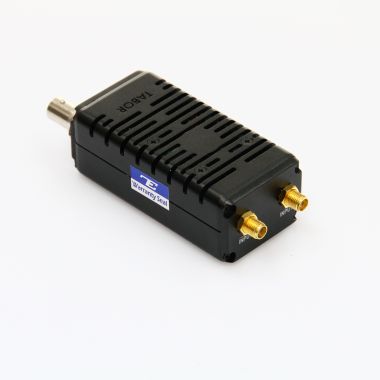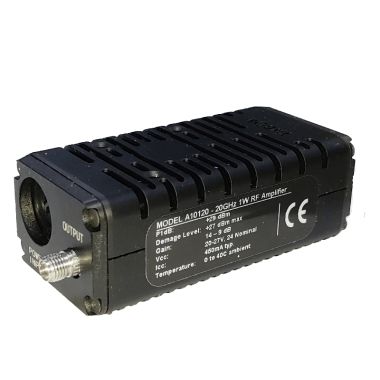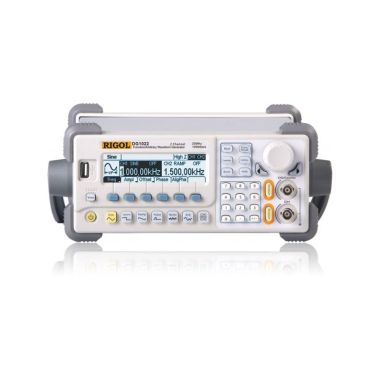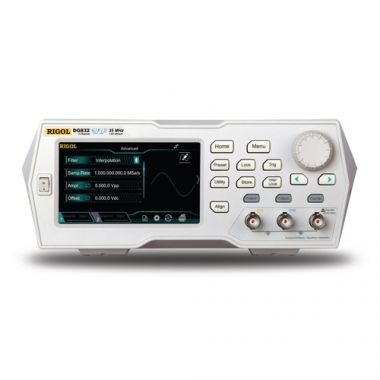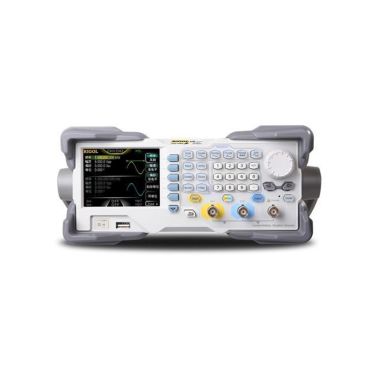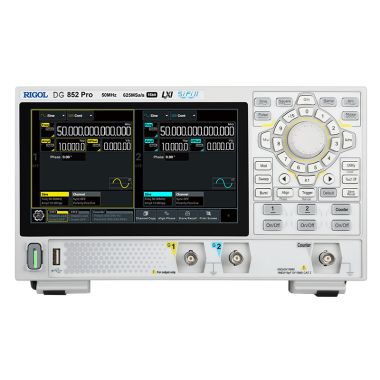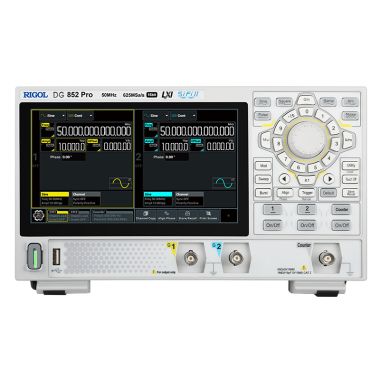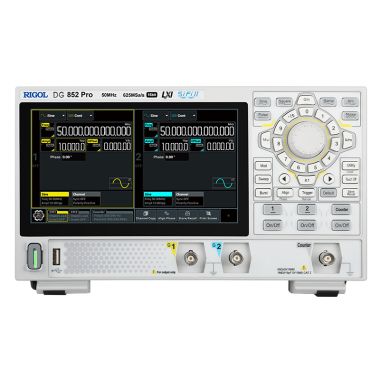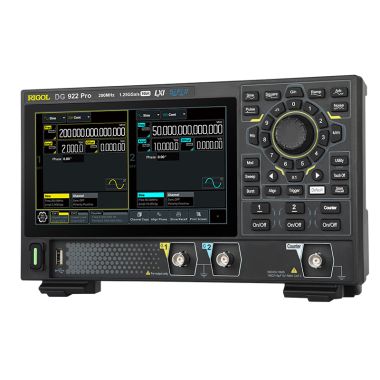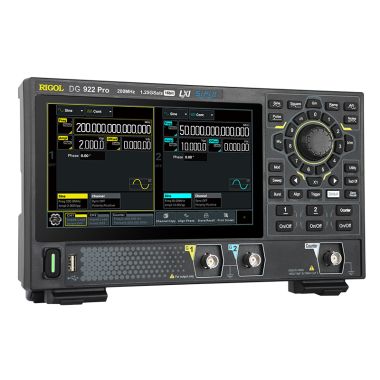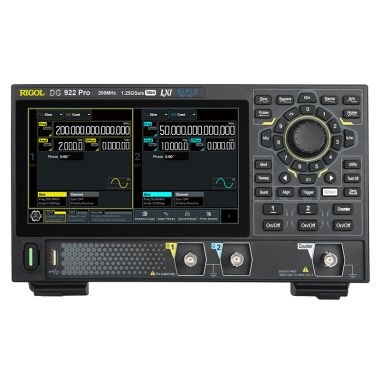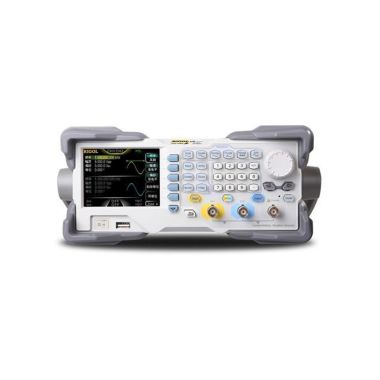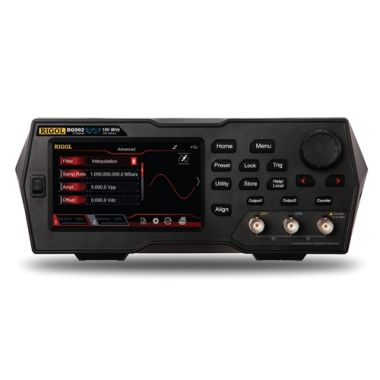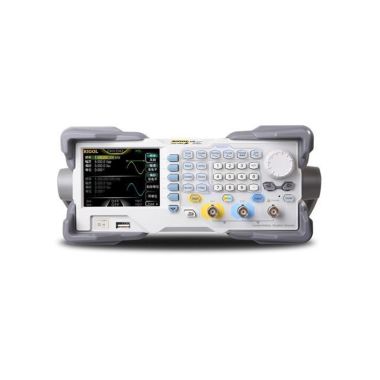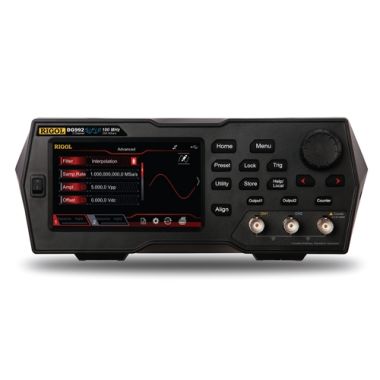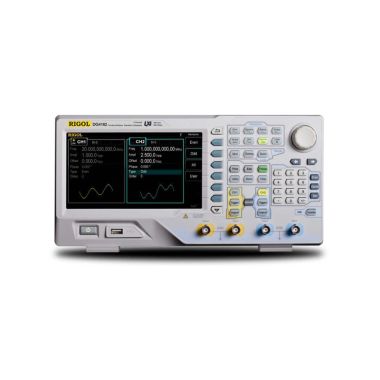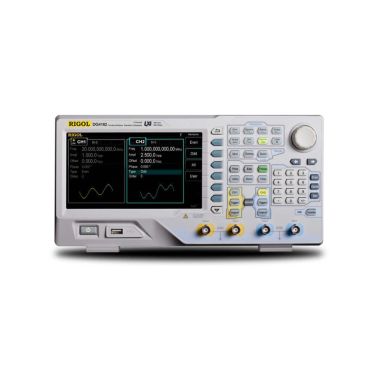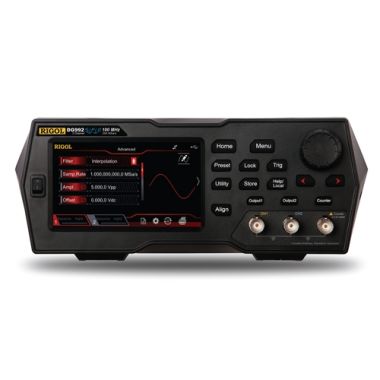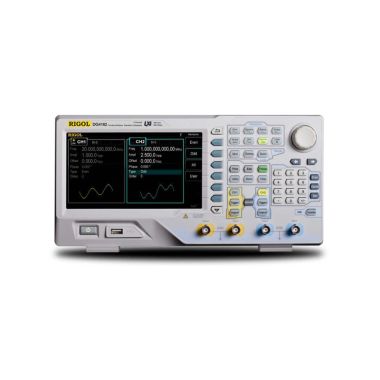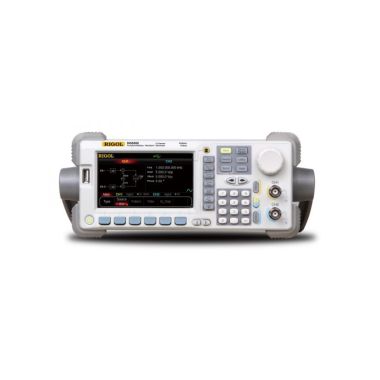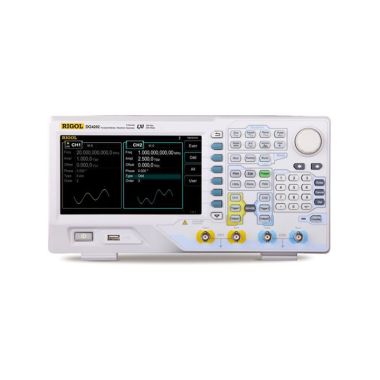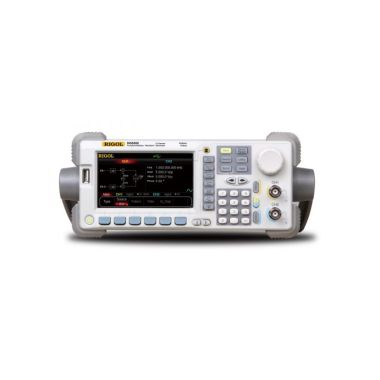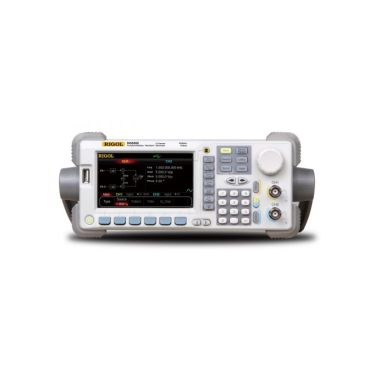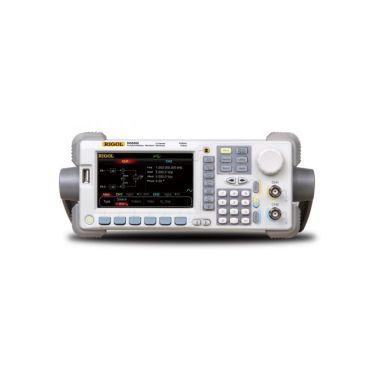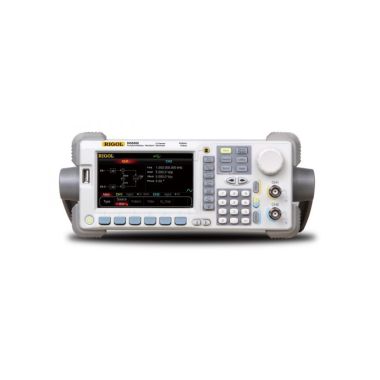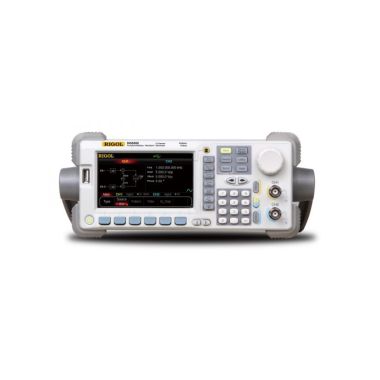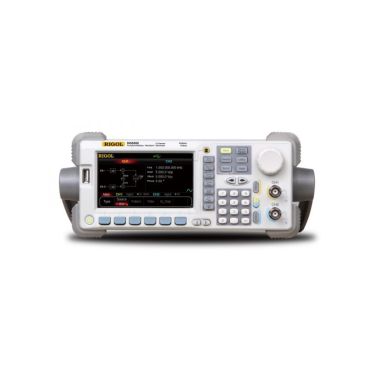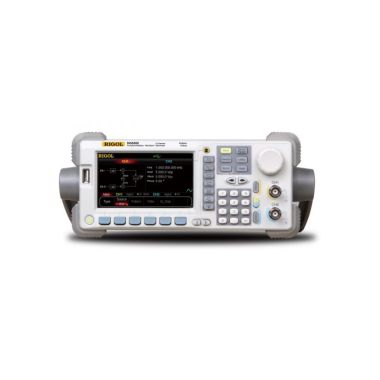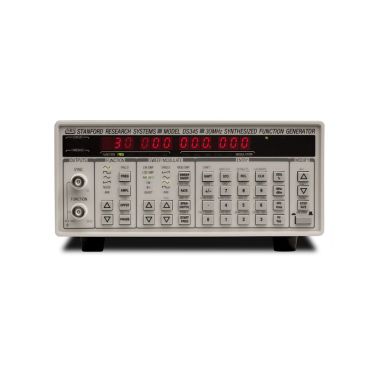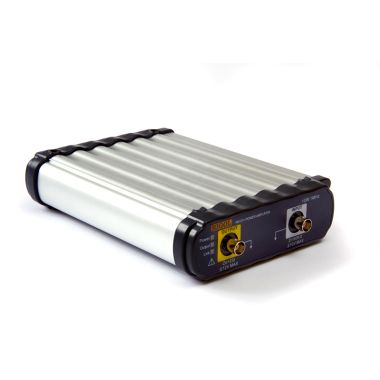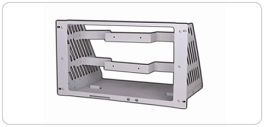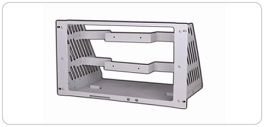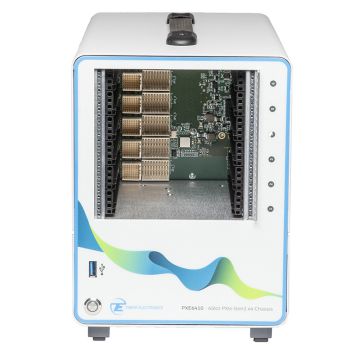Tabor Proteus 9GHz Arbitrary Waveform Transceiver, PXIe (Gen 3) Series
Introducing Tabor’s all new Proteus series, the world’s first Arbitrary Waveform Transceiver. The system integrates the ability to transmit, receive and perform digital signal processing all in a single instrument. The Proteus series comes in a PXIe module, desktop or benchtop platforms. Available in 2, 4, 6 and 12 channel’s from 1.25GS/s to 9GS/s 16 bit AWG & AWT.
The modular, compact and cost effective system offers industry leading performance, various configuration options, an innovative task oriented programming, and user programmable FPGA. So whether it is for Aerospace and Defence, Telecommunications, Automotive, Medical or high-end physics applications Proteus opens the door to a world of infinite possibilities.
The PXIe (Gen 3) modules offer, space saving, expandability and value for money. Also available in desktop or bench-top platforms, the Proteus series offers industry-leading bandwidth, user-programmable FPGA, and task-oriented sequence programming, delivering maximum flexibility for a variety of complex scenarios.
Industry-leading 4.5 GHz bandwidth for the most cutting-edge applications Real-time streaming via 8 lanes of GEN3 PCIe to supercharge your projects User-programmable FPGA for the most realistic signalling scenarios on the market Compact and affordable form factor, with unlimited PXI expansion for scalability Ability to transmit, receive, and process signals in a single module to simplify integration Task-oriented sequence programming for maximum flexibility to generate complex scenarios.
P1282M, P1284M, P2582M, P2584M, P9082M
Introducing Tabor’s all new Proteus series, the world’s first Arbitrary Waveform Transceiver. In a compact desktop platform, the system integrates the ability to transmit, receive and perform digital signal processing all in a single instrument. The small footprint system, that can generate up to 12 channels in a single box, offers industry leading performance, various configuration options, an innovative task oriented programming, and user programmable FPGA. So whether it is for Aerospace and Defence, Telecommunications, Automotive, Medical or high-end physics applications Proteus opens the door to a world of infinite possibilities.
Compact and space efficient
The desktop version of the Proteus series offers up to 12 channels in a 4U, half 19” dedicated chassis. The compact form size and small footprint saves valuable bench space. So for synchronized, phase coherent, multi-channel applications such as quantum physics and radar applications the Proteus arbitrary waveform transceiver is an ideal, space efficient and cost effective solution.
Extra-fast communication interface
Spending more time setting up your generated scenario than actually running it? The Proteus desktop platform offers the fastest standardized communication interfaces commonly available in PCs today. These include USB3.0 and 10GE interfaces as well as, a thunderbolt 3 interface which enables up to 40Gb/s of data transfer speed. These enable the user to easily connect to the Proteus arbitrary waveform transceiver and still offer some of the fastest waveform download available on the market today, saving you one of your most valuable resources, time.
Feedback control system
Many of today’s applications, require conditional waveform generation depending on input signals from the environment. The Proteus arbitrary waveform transceiver flawlessly integrates both DAC and ADC in one system, controlled by a single FPGA for optimal synchronization and minimum latency. This high speed control system provides a feedback loop for fast decision making on the fly with minimum latency.
Generate any imaginable scenario
The new series offers an innovative task oriented sequence programming where user can change the full instrument set up at every line of the task table. In addition, not only can users of the Proteus series instruments generate and download waveforms simultaneously, they can stream data directly to the FPGA without the need to use the built in memory. This enables generating random, unique and infinitely long scenarios directly from the controlling PC at DAC speeds of up to 6GS/s. So no matter whether your scenario is extremely complex, infinite or even dynamic you can generate it with the Proteus series model.
- Available in 2, 4, 6 and 12 channel’s from 1.25GS/s to 9GS/s 16 bit AWG & AWT configurations
- Up to 9GHz bandwidth, 2.7GS/s 12 bit digitizer option for feedback control system and conditional waveform generation
- Excellent phase noise and spurious performance
- Integrated NCO for digital up-converting to microwave frequencies
- Space efficient desktop platform, with USB 3.0, 10G Ethernet and thunderbolt high speed interfaces.
- Up to 16GS waveform memory with the ability to simultaneously generate and download waveforms
- Real time data streaming directly to the FPGA for continuous and infinite waveform generation
- User customizable FPGA for application specific solutions
- Innovative task oriented sequence programming for maximum flexibility to generate any imaginable scenario
Wideband direct to RF generation using an AWG:
| Description | Lambda Part Number |
| Tabor Proteus PXIe Module P1282M, 1.25GS/s 16Bit 1GS/s Mem 2CH 4 Markers | 66395 |
| Tabor Proteus PXIe Module P1284M, 1.25GS/s 16Bit 1GS/s Mem 4CH 4 Markers | 66396 |
| Tabor Proteus PXIe Module P2582M, 2.5GS/s 16Bit 1GS/s Mem 2CH 8 Markers | 66397 |
| Tabor Proteus PXIe Module P2584M, 2.5GS/s 16Bit 1GS/s Mem 4CH 8 Markers | 66398 |
| Tabor Proteus PXIe Module P9082M, 9GS/s (8 Bit ENOB), 4GS/s Mem 2CH 8 Markers | 66399 |
|
GENERAL CHARACTERISTICS |
P9082/4/6M |
P2582/4/8/12M |
P1282/4/8/12M |
|
MAX. SAMPLE RATE |
9GS/s |
2.5GS/s |
1.25GS/s |
|
RESOLUTION |
16-bit(1) |
||
|
ENOB AT MAX. FREQUENCY |
TBD |
||
|
NUMBER OF CHANNELS |
2/4/6 |
2/4/8/12 |
2/4/8/12 |
|
BANDWIDTH |
9GHz(2) 4.5GHz(3) |
5GHz(2) 2.5GHz(3) |
2.5GHz(2) 1.25GHz(3) |
|
MEMORY |
Up to 16GS |
Up to 8GS |
Up to 4GS |
|
INTERFACE |
USB 3.0, 10GE, Thunderbolt 3 |
||
|
LATENCY / SYSTEM DELAY |
200ns |
||
|
FINE DELAY |
-5ns to 5ns |
||
|
DELAY RESOLUTION |
5ps resolution |
||
|
COARSE DELAY |
0 to wavelength in 1 sample point resolution |
||
|
INITIAL SKEW BETWEEN CHANNELS |
0ps |
||
(1) Depending on sampling mode (2) Direct output option (3) DC output option
|
ARBITRARY / TASK TABLE |
P9082/4/6M |
P2582/4/8/12M |
P1282/4/8/12M |
|
MINIMUM SEGMENT LENGTH NORMAL FAST SEGMENT |
2048 points 128 points |
1024 points 64 points |
|
|
WAVEFORM GRANULARITY STANDARD OPTIONAL |
64 points 32 points |
32 points 16 points |
|
|
SEGMENTS |
2^15 |
||
|
SEGMENT LOOPS |
2^20 |
||
|
SEQUENCES |
2^15 |
||
|
SEQUENCE TABLE ENTRIES |
2^15 |
||
|
SEQUENCE LOOPS |
2^20 |
||
|
ADVANCED SEQUENCES TABLE ENTRIES |
1024 |
||
|
SIGNAL PURITY |
DC OUTPUT |
DIRECT OUTPUT |
|
HARMONIC DISTORTION |
|
|
|
fout = 100 MHz |
<-75 dBc (typ) |
<-80 dBc (typ) |
|
fout = 10 MHz - 500 MHz, DC to 2 GHz |
<-70 dBc (typ) |
<-75 dBc (typ) |
|
fout = 10 MHz ... 3 GHz, DC to 4.5 GHz |
<-65 dBc (typ) |
<-70 dBc (typ) |
|
fout = 10 MHz ... 7 GHz, 5 to 10 GHz |
|
TBD |
|
SFDR |
|
|
|
fout = 10 MHz…1 GHz DC to 1 GHz |
-85 dBc (typ) |
<-85 dBc (typ) |
|
fout = 1 GHz…3 GHz , DC to 3 GHz |
-75 dBc (typ |
<-75 dBc (typ) |
|
fout = 3 GHz…4.5 GHz , DC to 4.5 GHz |
-65 dBc (typ) |
<-65 dBc (typ) |
|
fout = 3 GHz…4.5 GHz , DC to 4.5 GHz |
100us Full bandwidth |
-<70 dBc (typ) |
|
fout = 7 GHz, 6 to 8 GHz (2nd Nyquist) |
<6us Narrow bandwidth (<10% BW) |
-<70 dBc (typ) |
|
PHASE NOISE (@10kHz offset) |
|
|
|
fout = 187.5MHz |
-130 dBc/Hz |
|
|
fout = 375MHz |
-125 dBc/Hz |
|
|
fout = 750MHz |
-120 dBc/Hz |
|
|
fout = 2GHz – 5GHz |
-110 dBc/Hz |
|
|
fout = 5GHz - 7GHz |
-105 dBc/Hz |
|
|
DC OUTPUT |
|
|
OUTPUT TYPE |
Single-ended or differential, DC-coupled |
|
IMPEDANCE |
50 Ω (nom) |
|
AMPLITUDE |
100 mVp-p to 1.2 Vp-p |
|
AMPLITUDE RESOLUTION |
±(3% of amplitude ±2 mV) |
|
VOLTAGE WINDOW |
±2V |
|
OFFSET RESOLUTION |
1mV |
|
DC OFFSET ACCURACY |
±(2.0% of offset±10 mV) |
|
SKEW BETWEEN NORMAL AND COMPLEMENT OUTPUTS |
0 ps |
|
RISE/FALL TIME (20% TO 80%) |
<150 ps (typ) |
|
JITTER (PEAK-PEAK) |
<15 ps (typ) |
|
OVERSHOOT |
<5% (typ) |
|
CONNECTOR TYPE |
SMA |
|
DIRECT OUTPUT (OPTIONAL) |
|
|
OUTPUT TYPE |
Single-ended or differential, |
|
|
AC coupled |
|
IMPEDANCE |
50 Ω (nom) |
|
AMPLITUDE |
600mVpp, |
|
|
single-ended into 50 Ω |
|
AMPLITUDE |
1mV |
|
RESOLUTION |
|
|
AMPLITUDE ACCURACY |
±(3% of amplitude ±2 mV) |
|
BANDWIDTH |
|
|
-3dB analog BW 2ND Nyquist zone BW |
100 kHz to 4.5 GHz (typ) Up to 9GHz |
|
CONNECTOR TYPE |
SMA |
| REFERENCE CLOCK OUTPUT |
|
| FREQUENCY | 10MHz / 100MHz selectable |
| CONNECTOR | SMP |
|
MARKER OUTPUTS |
P9082/4/6M |
P2582/4/8/12M |
P1282/4/8/12M |
|
NUMBER OF MARKERS |
8/16/24 |
8/8/16/24 |
4/4/8/12 |
|
OUTPUT TYPE |
Single Ended |
||
|
OUTPUT IMPEDANCE |
50 Ω (nom) |
||
|
LEVEL |
100 mVp-p to 1.2 Vp-p with 40mV resolution |
||
|
RISE/FALL TIME (20% TO 80%) |
<400ps |
||
|
MARKER TO DIRECT/DC OUT |
<1SCLK |
||
|
WIDTH |
User defined, in points |
||
|
DELAY CONTROL |
Position control in points |
||
|
RANGE |
0 - waveform length |
||
|
RESOLUTION |
8 points |
2 points |
|
|
CONNECTOR TYPE |
SMP |
||
| SYNC CLOCK OUTPUT | |
| FREQUENCY | 1/64 of the sample clock frequency |
| CONNECTOR | SMP |
|
SAMPLE CLOCK OUTPUT |
|
|
SOURCE |
Selectable, internal synthesizer or sample clock input |
|
FREQUENCY RANGE |
SCLK Range |
|
OUTPUT AMPLITUDE |
400 mVpp (nom), fix |
|
INPUT IMPEDANCE |
50 Ω (nom), AC coupled |
|
AMPLITUDE ACCURACY |
±(3% of amplitude ±2 mV) |
|
TRANSITION TIME (20% TO 80%) |
20 ps (typ) |
|
CONNECTOR |
SMA |






